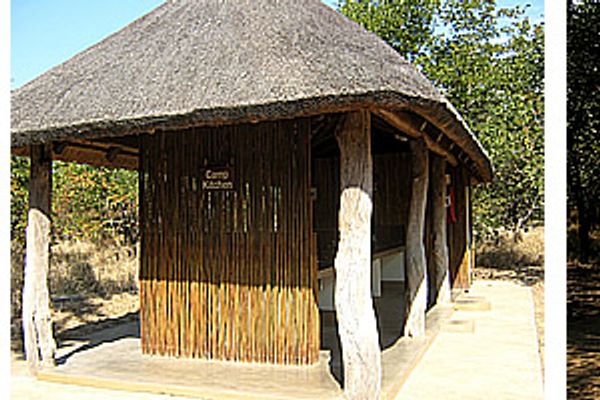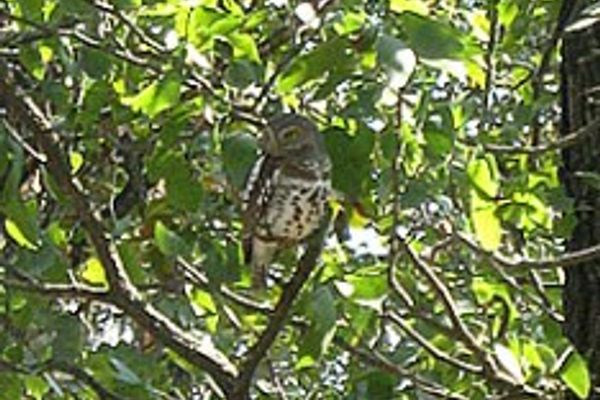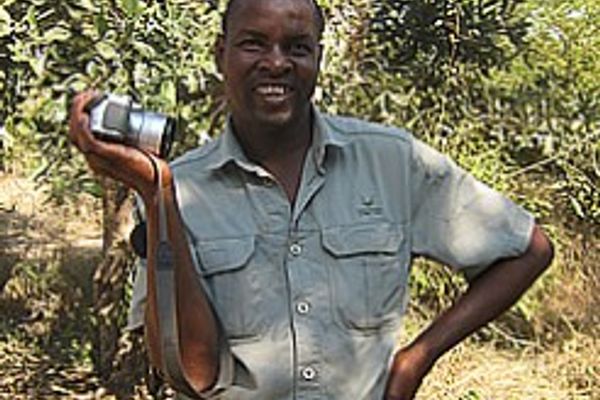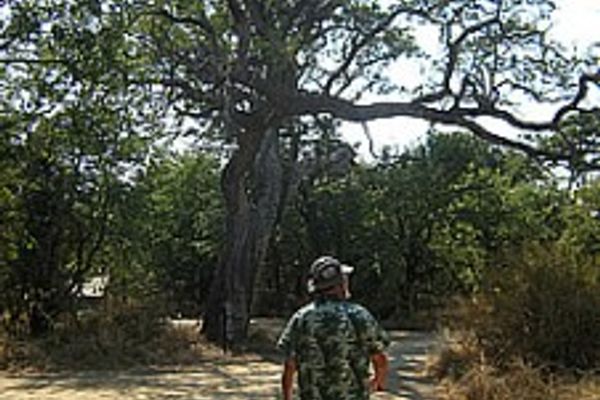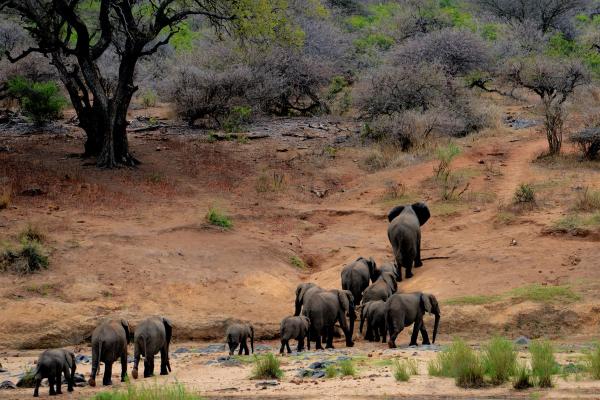
The 'place of ironstone’
Shingwedzi, In terms of distance from the entrance gates, is the most remote camp in the Kruger Park. It is a quiet and unassuming place. When I researched it, however, I realised how highly rated it was in the opinion of Kruger watchers.
By Kruger standards, it is a small camp, with about 50 camping spots. Being isolated, it is seldom the first choice of rushed city dwellers. Close to the Lebombo mountains of Mocam bique, it remains a wild and unspoiled destination.
Why go? The closest access gate is Punda Maria, 75 km from Shingwedzi….but, all in all, a full day’s drive from Johannes burg. Consider the following. Claims have been made by magazine editors and the odd journalist, who has spent a year in Kruger, evaluating all the camps at leisure.
The Mphongolo Loop (S56), to the north of Shingwedzi, has been named as one of the best in the Kruger in terms of scenery, according to Go! Kruger Special Edition Magazine. In a wilderness area measuring over two million hectares, this is high praise. Following close onto this route in acclaim, is the Red Rocks Loop (s52) to the West of Shingwedzi. It is mentioned among the top 10 viewing roads in the Park as well as among the top five for leopard sightings. We did not, however, see a leopard on our last visit in October 2013.
The Red Rocks route boasts two highly rated lookout points in the park, Redrocks Lookout and Tshonge Lookout.
For a camp with only about three possible main loops around camp, these are amazing claims.
The camping area is very pleasant, with well-established trees proving shade. A not so well kept secret among regulars is the best site in the camp…along the eastern fence, under a giant umbrella thorn. Yes, the best site in one of the best camps in the Park!
It is fairly easy to get a site alongside the fence, especially along the western fence close to the pool, where there are a few sites without electricity. I have seen pictures of elephants right next to the fence…and everyone, no matter where you are camped, can sit around the fire at night , surrounded by the sounds of the bush.
One overhears conversations of course, lion sightings only a close call from where you had passed that day and so on. Well, we were still without lions and leopards.
There are wonderful old style 'lowveldt’ bungalows, recently refurbished and other accommodation options as well, for those who don’t have the time or the wherewithal to camp. There is a small shop, cafeteria, fuel and laundry facilities for your convenience.
One soon falls into the camping routine. Up at dawn with only a flask of coffee, away to see the bush come to life. A slow return during the morning, a shower and a snooze, a walk around camp…followed by the evening drive.
There are three main routes out of camp. Drive out on the H1-7 out of camp and head for the Mpongolo Loop, famed for big scenery and leopard sightings. Amazing river views and enormous mopane, jackalberry, leadwood and sycamore fig trees can be seen. One could see buffalo herds, elephant, waterbuck,implala and in your wildest dreams, leopard.
The Red Rocks Loop to the west of Shingwedzi, famous for its magnificent lookout points, especially the Tshange. One may get out of one’s car here and have a picnic, but all at one’s own risk. It is quite tempting to wander a little further from the car, to see all the vantage points. I have in the past driven past the entrance to a picnic spot, and seen a fully grown lion padding casually down the centre of the access road.
The southern loop, S50 runs alongside the Shingwedzi River.
There is also a short loop linking the (S135) northern exit route with the S50, quite close to camp. There is a causeway there, and many amazing sightings have been made. When we were there it was closed, as the water levels were too high. Birdwatchers come from far and wide to the area, and they never miss the causeway for water bird sightings.
The roads are quiet, there are no crowds…and by all accounts, Shingwedzi is a unique and still unappreciated area. Take this road less travelled, if you can.
On leaving the Park, one could choose to exit via the Phalaborwa Gate, which is a long drive past Mopane. There are many little nameless loops alongside the river closer to the gate. Take them. They are amazing paths that dip towards the river, and are usually closed in on all sides by rocky formations and riverine forest. They are shaded and mysterious places, ideal habitats for leopard, but we didn’t see any on that day.
‘Keep it simple, keep it wild’ was the motto of the first head ranger of the Kruger Park, Major Stevenson-Hamilton.
Shingwedzi is still close to this ideal.
Book at Central Reservations 012 428 9111 or via www.sanparks.org
Typical mature trees in camp and a view of the camp kitchen.
